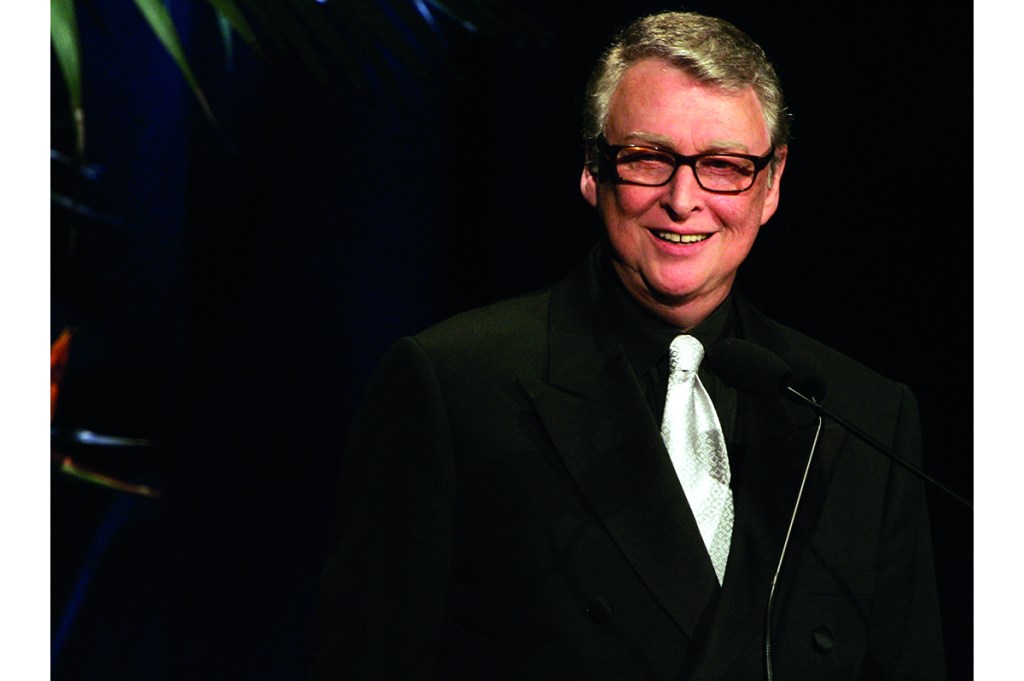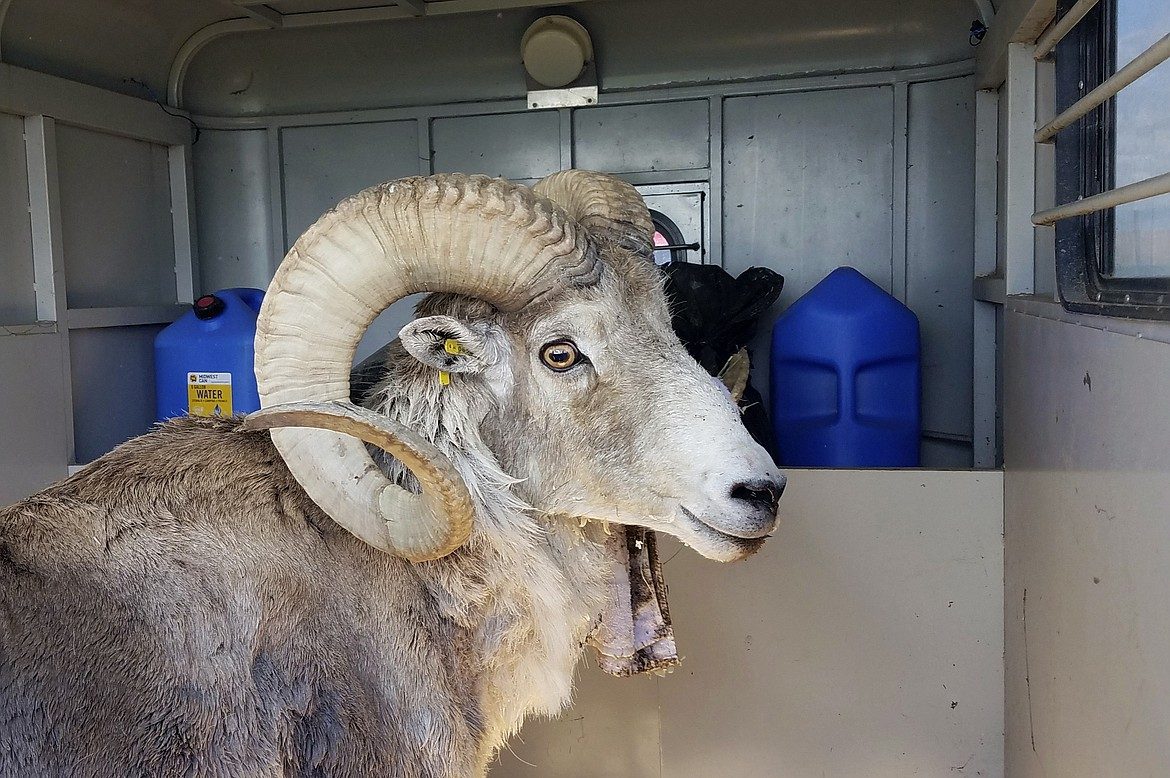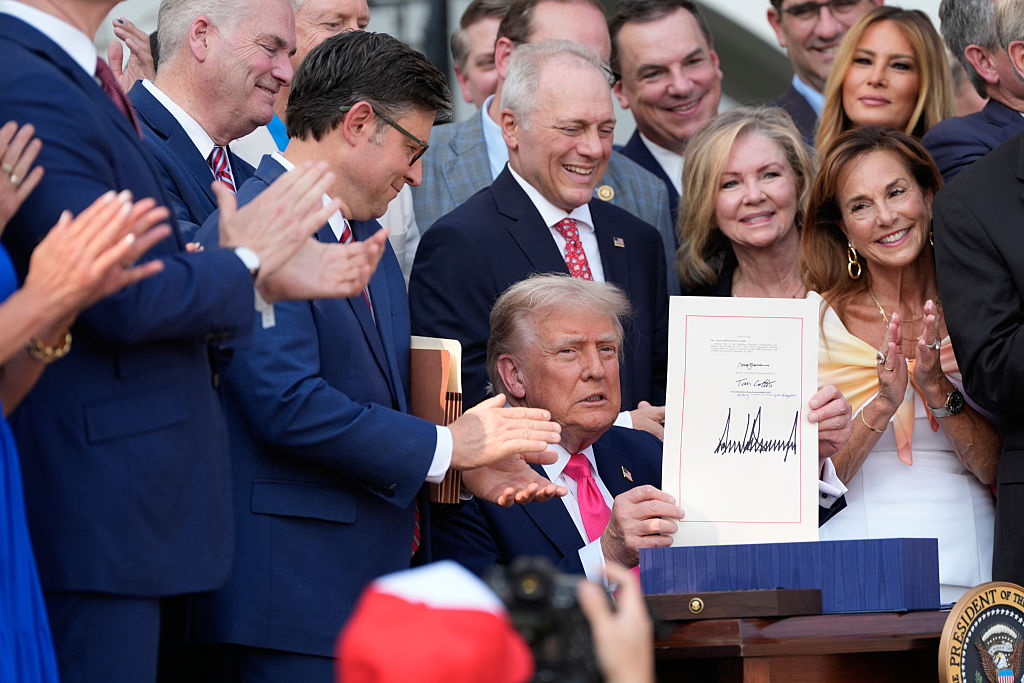His name was Igor Michael Peschkowsky. When he was five he lost his body hair after an allergic reaction to a whooping cough vaccination and wore a hairpiece and false eyebrows for the rest of his life. In 1939, aged eight, he escaped from Nazi Germany on an ocean liner bound for New York. He never mastered cursive handwriting. He was a cousin of Albert Einstein. Richard Avedon became his social mentor. He dated Gloria Steinem. He passed on directing The Exorcist. In the end he became an EGOT, having won an Emmy, a Grammy, an Oscar and a staggering 10 Tony Awards.
In this exhaustive, emphatically chronological biography, Mark Harris recounts Mike Nichols’s rags-to-riches life and professional and personal highs from birth in 1931 to memorial service in 2014. A must-read for Nichols fans, the book seamlessly incorporates hours of interviews with material from 60 years’ worth of Q&As, plus anecdotes and observations from 250 (I counted) uniformly admiring collaborators, associates and friends. This is an unapologetic celebration of the man rather than a critical exegesis of his work. After all, of Nichols’s 21 films, seven are pleasing but minor, and half a dozen were flops. In the end his reputation rests on eight films, with The Graduate as his crowning achievement. Nichols himself agreed with that assessment: ‘I had no inkling… that I would never get material so suited to me again.’
Not so fast: Nichols’s achievements also include 27 Broadway plays, with smash-hits all the way from Barefoot in the Park in 1963 to the star-filled, cocaine-fueled Hurlyburly in 1984 to the triumph of Spamalot in 2005. And before these parallel careers, he was an innovative performer who, with the formidable Elaine May, took the comedy sketch format in a bold new direction.
Regardless of his uneven record, Nichols is a unique figure who straddled the fault line between the old-school show business values of his theater work and the caustic modern attitudes of his early films. Serious critics don’t much like him: ‘After 15 or so films, is there anything more substantial than a high reputation and a producer’s instinct for what smart people might want to see?’ asks David Thomson. Nichols wasn’t even a writer. For material he relied on the likes of Buck Henry, Neil Simon, Jules Feiffer, Tony Kushner, David Rabe and Elaine May. And while he was unimpeachable as an actors’ director, he received less credit for his brilliance as a visual stylist — initially considered too flashy and coldly modish, eventually settling into a deceptively self-effacing simplicity.
The wealth of new information Harris uncovers about Nichols’s formative years helps to explain the tightrope between overconfidence and insecurity that Nichols perpetually walked. After the death of his father, when Nichols was 12, the family was left destitute. At school he was a friendless outsider. He arrived at the University of Chicago in 1949 equipped with a fierce intelligence, a knack for devastating putdowns and a defensive aloofness: ‘I was motivated then, and for a long time after, by revenge.’ He reinvented himself in the role of a lifetime, his ideal self. But, as Harris writes, ‘self-loathing had never been far beneath his painstakingly composed surface’.
Nichols could never shake fears that he might be nothing more than a purveyor of light entertainment. In his personal life, tumult was never far away. He devoted himself to ‘a style of luxe, indolent socializing’, learned from Avedon’s ‘finishing school’. His intense drive for wealth and devotion to the art of living well led to expensive hobbies such as buying and breeding Arabian horses on his estate in Connecticut, where he ‘presided like a country squire’. He evolved into a patrician pillar of the establishment, dispensing pearls of wit and wisdom, but he suggested his biography be titled ‘The Wrong Jew’.
In Chicago, Nichols joined forces with May, his temperamental and intellectual match, and their satiric sketches mined their personal neuroses to hold up a mirror to the mores of the Eisenhower era. In 1957, as New York’s hot comedy act, they became the toast of the town, and television beckoned. ‘We did twenty minutes and just like that, we were famous,’ Nichols said. They peaked on Broadway in 1960 with An Evening with Mike Nichols and Elaine May. As the show’s eight-month run wore on, creative differences set in. ‘She was more interested in taking chances than in being a hit. I was more interested in making the audience happy,’ Nichols said, encapsulating the divergence of their subsequent careers.
After their partnership dissolved, Nichols was hired to direct Robert Redford and Elizabeth Ashley in Neil Simon’s Barefoot in the Park, a career-changing opportunity and the first in a string of Broadway triumphs. He had found his true calling. ‘Nichols tackled Luv with an almost forensic sense of inquiry, searching scene by scene and sometimes line by line for ways to turn the play from dialogue into real life,’ Harris writes, describing Nichols’s genius for interpreting and reshaping material in collaboration with playwrights, and sharing personal anecdotes with his actors. ‘He would find a way to pair a line with an action that would deepen or complicate its meaning.’
Success in theater led to Hollywood. He arrived there in 1965, a neophyte and a complete outsider once again, to direct an adaptation of Edward Albee’s Who’s Afraid of Virginia Woolf?. Having gamed Warner Brothers and won the censorship battle over the film’s profanity (with a little help from Jackie Kennedy), Nichols completed a crash course in filmmaking technique and industry politics. He already had his next film lined up.
Harris’s treatment of The Graduate inevitably reprises some of the material from his first book, Pictures at a Revolution, which delved extensively into the film’s production, but here the emphasis is on what the film meant to Nichols. Passing on Robert Redford as the film’s Wasp protagonist, Nichols perversely cast the unknown and very Jewish Dustin Hoffman. From the get-go, Nichols applied good-cop bad-cop tactics with his insecure lead. When Hoffman complained he was tired, Nichols responded, ‘Well, this is the only chance you’re ever going to have to do this scene for the rest of your life. When you look back, do you really want to say, “I was tired?”’ Only later did Nichols realize how deeply personal The Graduate was: ‘my unconscious was making the movie’. Harris drives home how the psychodrama between actor and director inflamed ‘every private insecurity Nichols had about his personality, about his physical appearance, about his place in the world’.
That out of the way, Harris settles into a smooth telling of more or less engaging production stories, the high point being the ‘death march’ that was Catch-22, a massive undertaking and Nichols’s first stumble. He bounced back in 1971 withCarnal Knowledge, a devastating take on toxic masculinity, and another Broadway hit with Neil Simon’s The Prisoner of Second Avenue, but then his career began to fall apart, culminating in a high-profile dis- aster. Nichols cast Robert De Niro in Bogart Slept Here, a Neil Simon comedy, then fired him after six days of shooting. ‘I heard one crew guy say to another “He’s just not funny.” The other guy said, “He sure isn’t,”’ De Niro recalls. ‘I thought, Oh my God.’ The production was abandoned, and Nichols walked away from filmmaking for seven years.
Depressed and creatively blocked, Nichols remained an in-demand A-list director through those wilderness years and directed or produced 10 plays, but it took the advent of Meryl Streep to reawaken his desire to make films. A film about an awakening, Silkwood is one of Nichols’s best — and certainly his grittiest — and revealed a shift toward a humanist outlook and a less obtrusive style. But Nichols still wasn’t out of the woods. After completing Heartburn in 1985, he was prescribed Halcyon to combat depression. The drug triggered a nervous breakdown in which, convinced he was once again on the brink of poverty, he began selling off his art collection at rock-bottom prices. Nichols climbed out of this hole after six panic-stricken months and went back to work, with May often serving as script doctor behind the scenes. There were 16 more plays and 12 more films ahead, including the pop hit Working Girl, the Hollywood send-up Postcards from the Edge, the unforgettable gay farce The Birdcage, the Clinton satire Primary Colors and the TV miniseries adaptation of Angels in America.
Harris doesn’t shy away from exposing Nichols’s neuroses, insecurities, performance anxieties and psychological crises, not to mention his mean streak — and nor does Nichols. That’s the biographer’s challenge when writing about such self-analytical and articulate figures: their subjects have often preemptively formulated everything in advance. For example, Nichols observes that theater performing ‘made me unhappy. It brings out childishness. Directing encourages the adult portion of your character.’ Talk like that robs an author of much of the psychological heavy lifting. Similarly, when it comes to Nichols’s bouts of bad and unprofessional behavior, let’s give him the last word: ‘Because nobody can fight back, the director has an absolute obligation to treat people decently.’
This article was originally published in The Spectator’s February 2021 US edition.

























